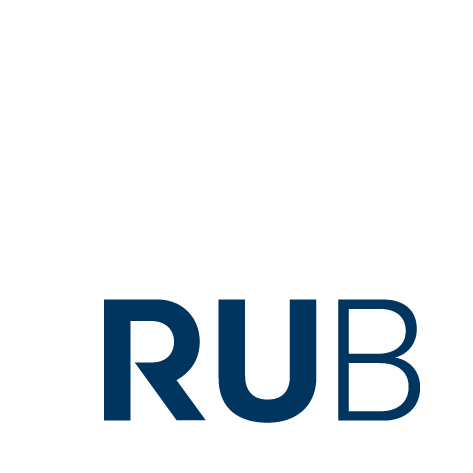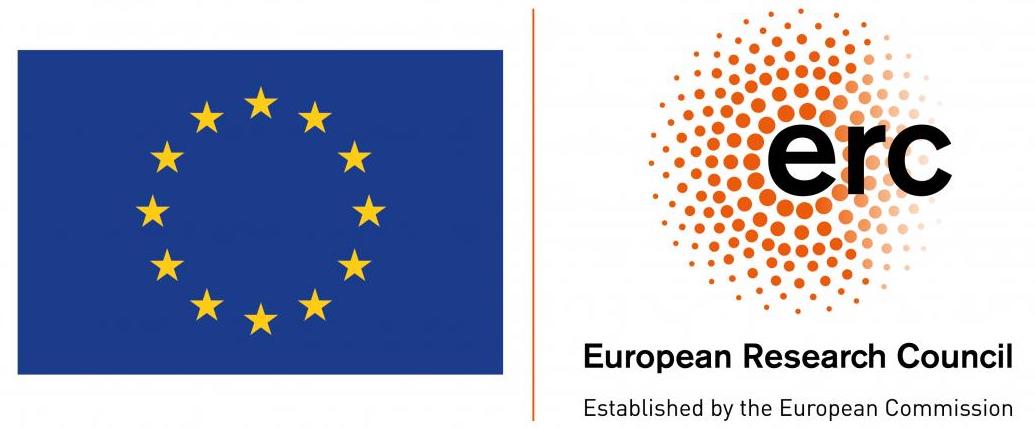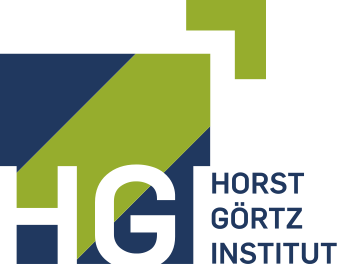Quantum Information Theory (Spring 2020)
This is the 2020 course homepage. See here for the course homepage for 2021.
Lecturers: Michael Walter and Maris Ozols
Teaching assistants: Harold Nieuwboer, Alvaro Piedrafita, Freek Witteveen
Homework submission: before the lecture by email to quantuminfo2020@gmail.com
Schedule: Mon 14:00-16:45, Spring 2020
Further information: MasterMath, DataNose, Studiegids
The MasterMath course page is the primary source for all course material. Since Monday March 16 we are teaching this class online. Please see the announcement on the MasterMath course page for all details.
Course description
With the birth of Quantum Mechanics a century ago, our understanding of the physical world has profoundly expanded, and so has our understanding of information. While a classical bit assumes only discrete values, represented by the binary values zero and one, a quantum-mechanical bit or “qubit” can assume a continuum of intermediate states. Quantum Information Theory studies the remarkable properties of this new type of information, ways of processing it, as well as its advantages and limitations.
This course offers a mathematical introduction to Quantum Information Theory. We will start with the fundamentals (such as quantum states, measurements, and entropy) and then discuss some more advanced topics (entanglement theory and quantum communication) and techniques (semidefinite programming and representation theory).
This course complements Ronald de Wolf’s course on Quantum Computing. Neither course requires the other, but students interested in writing a thesis in quantum information/computing are encouraged to follow both courses.
Prerequisites
Familiarity with basic linear algebra and probability theory. Concretely, you should be familiar with the majority of the material in Sections 1.1 and 1.2.2 of this textbook. We are happy to remind you of the more difficult bits in class (but please let us know before the term starts). In addition, some mathematical maturity is required. Concretely, you should have some experience writing down correct and complete mathematical proofs. Some of the homework problems will require programming. You can use the programming language of your choice; examples and solutions will be given in Python.
Prior exposure to the formalism of quantum mechanics or information theory can be helpful, but is not necessary.
Lecture Notes and Practice Problems
The lecture notes are provided for your convenience only and likely contain typos or worse – please kindly let us know if you spot any mistakes!
Lectures notes in one file: [📖] (last updated: June 12, 2020)
- Lecture 1 (Feb 3, 2020): Introduction, formalism of q. information theory [✍] [practice]
- Lecture 2 (Feb 10, 2020): Joint systems, reduced states, purification [✍] [practice]
- Lecture 3 (Feb 17, 2020): Trace distance, fidelity, introduction to q. channels [✍] [practice]
- Lecture 4 (Feb 24, 2020): Structure of quantum channels [✍] [practice]
- Lecture 5 (Mar 2, 2020): Shannon entropy and data compression [✍] [practice]
- Lecture 6 (Mar 9, 2020): From classical to quantum data compression [✍] [practice]
- Lecture 7 (Mar 16, 2020): Proof of Schumacher’s theorem, entropy and subsystems [✍] [practice]
- Lecture 8 (Mar 23, 2020): Holevo bound and relative entropy [✍] [practice]
- Lecture 9 (Mar 30, 2020): Entanglement [✍] [practice]
- Lecture 10 (April 6, 2020): Separable maps and LOCC [✍] [practice]
- Lecture 11 (April 20, 2020): Majorization and Nielsen’s theorem [✍] [practice]
- Lecture 12 (May 11, 2020): Distillable entanglement and entanglement cost [✍] [practice]
- Lecture 13 (May 18, 2020): Monogamy of entanglement [✍] [practice]
- Lecture 14 (May 25, 2020): Quantum state merging [✍]
Homework
- Problem set 1 [pdf] [01-outcomes.txt]
- Problem set 2 [pdf]
- Problem set 3 [pdf]
- Problem set 4 [pdf]
- Problem set 5 [pdf]
- Problem set 6 [pdf]
- Problem set 7 [pdf]
- Problem set 8 [pdf]
- Problem set 9 [pdf] [A.txt] [B.txt] [C.txt] [D.txt]
- Problem set 10 [pdf]
- Problem set 11 [pdf]
- Problem set 12 [pdf]
- Problem set 13 [pdf]
Rules about Homework and Exam
The final grade will be determined by the maximum of the following two options:
- 60% exam grade + 40% homework grade,
- 100% exam grade.
In addition, your exam grade alone has to be at least a 5.0. The same rule applies for the re-sit exam.
There will be one homework problem set per week, posted on the course homepage by Monday. You must submit your completed homework on ELO before the lecture the week after. The solutions will be discussed in the exercise class (among other things). Assignments will be accepted late only if you have extenuating circumstances (such as sickness or family emergency) and provided you confirm with the lecturer before the deadline. Your lowest two scores on the problem sets will be ignored (this includes any problem set you did not submit).
You are allowed to bring one self-prepared “cheat sheet” to the exam (A4 paper, hand-written, you can use both sides).
Literature
Lecture notes (hand-written or LaTeX’ed) and video recordings will be provided for each lecture.
Most relevant to this course:
- Last year’s course material (2019)
- Lectures notes of the UvA course Introduction to Information Theory (2019)
Supplementary literature:
- John Watrous, Theory of Quantum Information, lectures notes and book.
- Mark M. Wilde, Quantum Information Theory, Cambridge University Press (2013)
- John Preskill’s lecture notes, Chapters 1–5 and 10
- Michael A. Nielsen, Isaac L. Chuang, Quantum Computation and Quantum Information, Cambridge University Press (2010)
- Fernando G.S.L. Brandao, Matthias Christandl, Aram W. Harrow, Michael Walter, The Mathematics of Entanglement
- Roger A. Horn, Charles R. Johnson, Matrix Analysis, Cambridge University Press (2012)
- Lectures notes of the UvA course Symmetry and Quantum Information (2018)
FAQ
Is this the first time this class is offered?
This is the second time this class is offered at MasterMath. See here for last year’s course material. In 2018, Michael Walter offered a related course on Symmetry and Quantum Information.
Can this course only be taken by students enrolled in the Master’s of Mathematics?
No! You should be able to take the course as part of the “free choice” component of your Master’s program (in which case you can get credit) or as an additional course (which should show up on your Master’s diploma as well).
Moreover, auditors are very welcome, too, so feel free to drop by to watch a particular lecture if there’s a topic that interests you particularly.
Where can I learn more advanced material?
Attend the QuSoft seminar and write a Master’s thesis at QuSoft!




